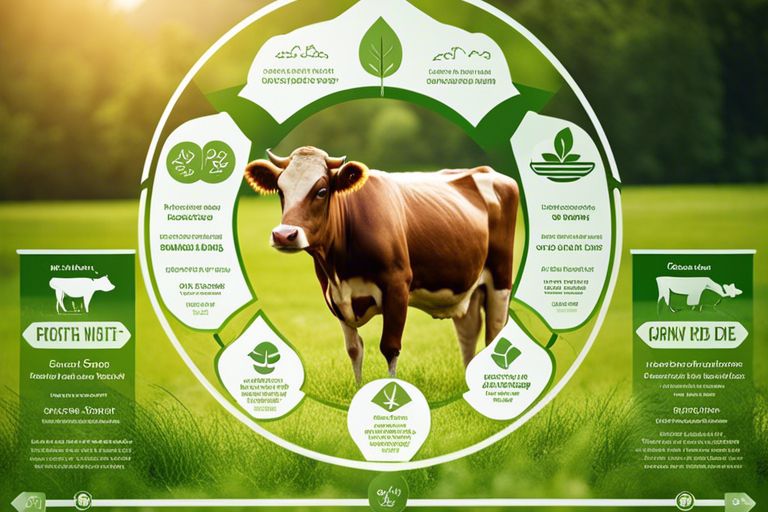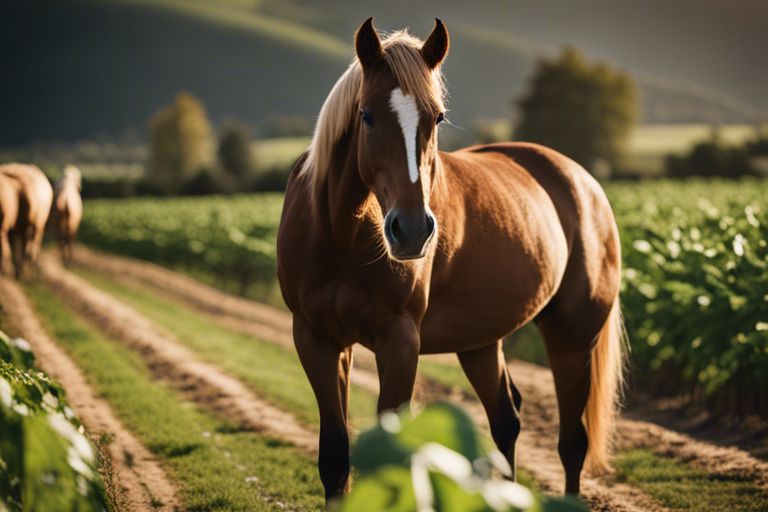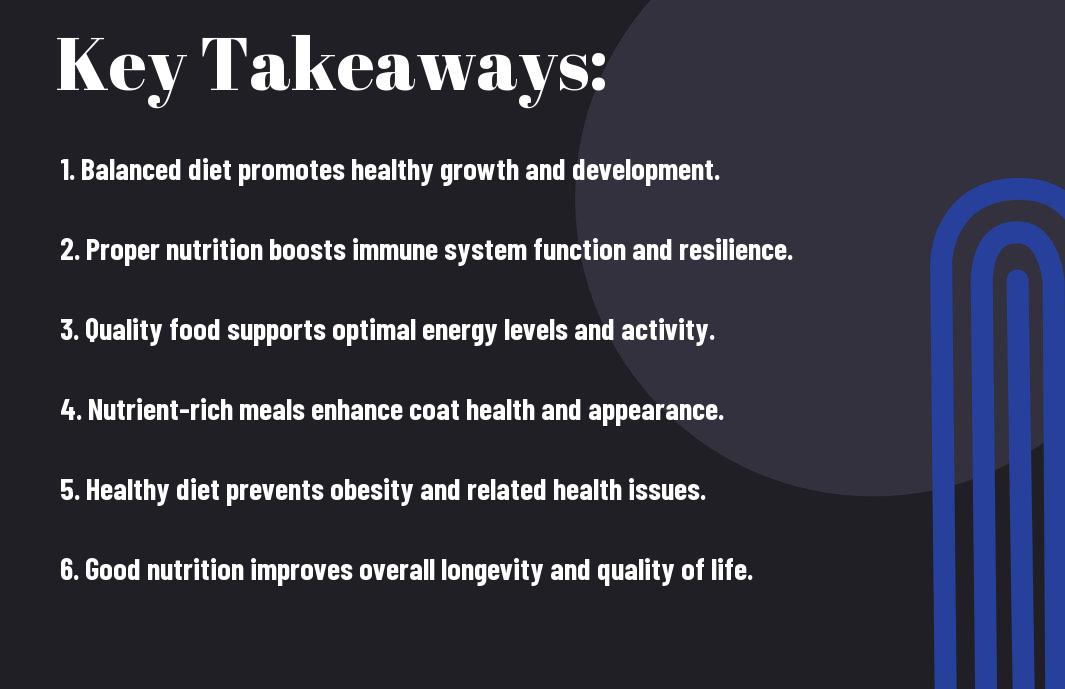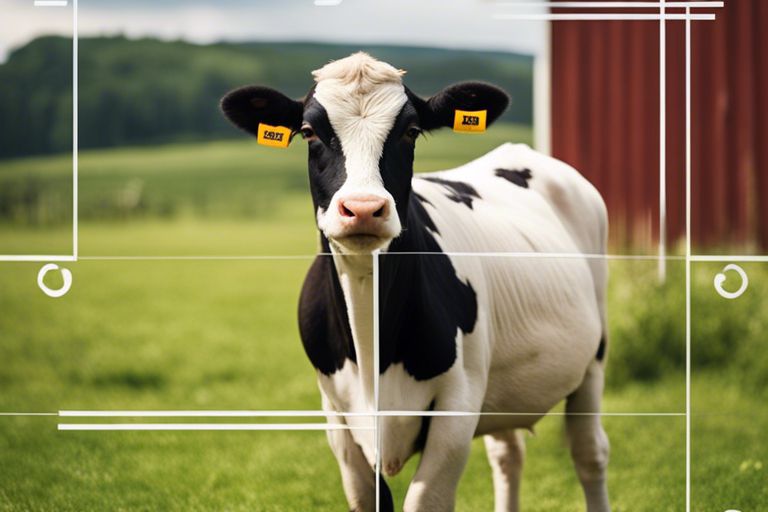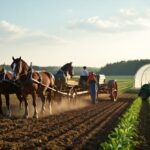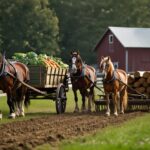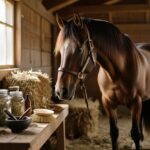There’s a significant debate in the agricultural world concerning the diets of livestock, particularly when it comes to grass vs. grain. This debate holds weight as it directly impacts the health of the animals, the quality of the meat produced, and the overall sustainability of farming practices. By delving into the effects of these diets on livestock, we can better understand the implications for both animals and consumers. Let’s explore the nuances of grass-fed and grain-fed diets for livestock to gain insight into this crucial aspect of animal agriculture.
Nutritional Differences between Grass and Grain Diets
Nutrient Content Comparison
Comparison of the nutrient content between grass and grain diets reveals significant differences in the composition of vital elements for livestock health. Grass-fed diets typically provide higher levels of omega-3 fatty acids, vitamins A and E, and minerals such as calcium and magnesium compared to grain-fed diets.
| Grass-fed Diets | Grain-fed Diets |
| Higher in omega-3 fatty acids, vitamins A and E, calcium, and magnesium | Lower in omega-3 fatty acids, vitamins A and E, calcium, and magnesium |
Digestibility and Animal Health Effects
Any variations in diet can impact the digestibility and overall health of livestock. Grass-fed diets are known to improve the digestibility of nutrients due to their high fiber content, which can lead to better overall health in animals. On the other hand, grain-fed diets can sometimes cause digestive issues in livestock due to their higher starch content.
Content.
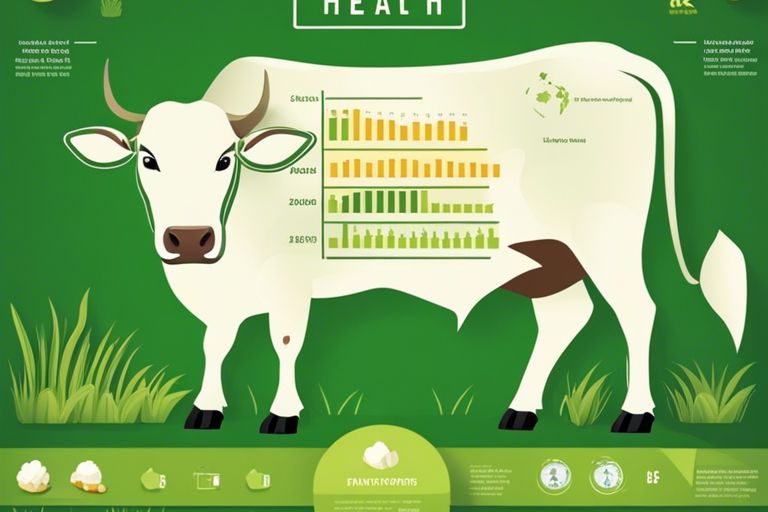
Environmental Impacts
Carbon Footprint of Grass vs. Grain Feeding
The carbon footprint of livestock varies depending on their diet. Grass-fed animals generally have a lower carbon footprint compared to grain-fed animals. This is because grass requires less intensive farming practices and inputs, resulting in reduced emissions of greenhouse gases such as methane.
Land and Resource Usage Considerations
Impacts on land and resources are crucial factors to consider when evaluating the environmental effects of grass versus grain feeding. Grass-fed livestock typically require more land compared to grain-fed counterparts. This can lead to deforestation and habitat loss in order to meet the demand for grazing areas. Additionally, grain production consumes significant amounts of water and energy, further exacerbating the environmental impact.
Considerations must be made to strike a balance between meeting the growing demand for livestock products and minimizing environmental degradation. Sustainable farming practices, such as rotational grazing and efficient resource management, can help mitigate the negative impact of both grass and grain feeding methods on the environment.
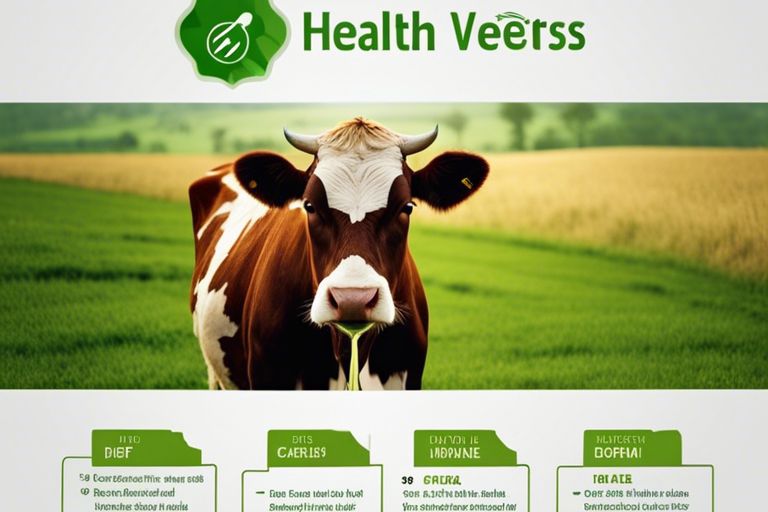
Economic Implications
Cost of Production and Market Prices
Production costs play a significant role in determining the economic impact of grass versus grain diets for livestock. Grass-fed animals often have lower production costs compared to their grain-fed counterparts, as the cost of feed is relatively lower. However, market prices for grass-fed meat can sometimes be higher due to consumer demand and niche markets. It is crucial for farmers to carefully consider the balance between production costs and potential market prices when choosing between grass and grain diets for their livestock.
Long-term Economic Sustainability
Market trends and consumer preferences have a significant impact on the long-term economic sustainability of grass versus grain diets for livestock. While grass-fed products may command a premium in the market, farmers must also consider the scalability and consistency of grass-fed production to ensure sustained profitability. Investing in infrastructure and pasture management practices can contribute to the long-term economic viability of grass-fed operations.
Another important factor to consider for long-term economic sustainability is the environmental impact of grass versus grain diets. Grass-fed systems are often associated with lower carbon emissions and reduced environmental degradation compared to intensive grain-fed operations. This can have long-term economic benefits as consumers increasingly prioritize sustainable and environmentally friendly products, creating opportunities for premium pricing and market differentiation.
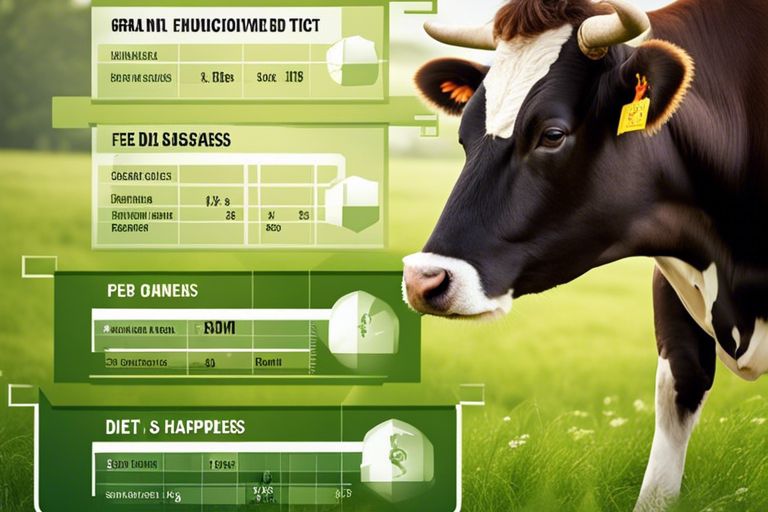
Animal Welfare and Product Quality
Livestock Welfare on Different Diets
Once again, the debate between grass and grain diets for livestock extends to the impact on animal welfare. Animals raised on grass diets generally have more space to roam and exhibit natural behaviors. They also tend to experience less stress compared to animals in crowded grain-fed systems. This can lead to healthier and happier animals overall.
Meat and Dairy Quality from Grass-Fed vs. Grain-Fed Livestock
On the other hand, the type of diet an animal consumes can significantly affect the quality of the meat and dairy products it produces. Grass-fed livestock tend to have meat and dairy products with higher levels of beneficial nutrients such as omega-3 fatty acids and antioxidants. These products also tend to have a more distinct and richer flavor compared to grain-fed counterparts.
Grain-fed livestock, on the other hand, may produce meat and dairy products that are slightly higher in fat content and lower in certain nutrients. The taste of products from grain-fed animals may also be milder in comparison to grass-fed varieties.
Conclusion
From above, it is evident that the type of diet consumed by livestock, whether grass or grain, has a significant impact on their health, welfare, and the environment. Grass-fed animals generally produce meat that is leaner, higher in beneficial nutrients, and more sustainable than grain-fed animals. However, the choice between grass and grain diets also depends on various factors such as cost, availability, and market demands. By understanding the implications of these diets, we can make informed decisions to promote animal well-being and sustainable agriculture practices.
FAQ
Q: What is the impact of grass vs. grain diets on livestock?
A: Grass and grain diets have different impacts on livestock. Grass-fed animals tend to have higher levels of omega-3 fatty acids and other beneficial nutrients, while grain-fed animals may have higher levels of fat and lower levels of certain nutrients.
Q: Which diet is more sustainable for livestock, grass or grain?
A: Grass diets are generally considered more sustainable for livestock because they require less energy and resources to produce compared to grain diets. Additionally, grass-fed animals can help improve soil health and reduce greenhouse gas emissions.
Q: Are there differences in the taste of meat from grass-fed vs. grain-fed animals?
A: Yes, there are differences in taste between meat from grass-fed and grain-fed animals. Grass-fed meat is often described as having a leaner, more distinct flavor, while grain-fed meat may be juicier and have a milder taste.
Q: Do grass-fed animals require different handling compared to grain-fed animals?
A: Grass-fed animals may require different handling techniques compared to grain-fed animals due to differences in their diet and behavior. It is important to understand the specific needs and behaviors of grass-fed animals to ensure their well-being.
Q: Are there any health benefits to consuming meat from grass-fed animals?
A: Meat from grass-fed animals is often touted as being healthier due to its higher levels of omega-3 fatty acids, antioxidants, and vitamins. These nutrients can have various health benefits for consumers, such as reducing the risk of heart disease and inflammation.
Q: Can livestock farmers choose to feed their animals both grass and grain?
A: Yes, livestock farmers have the option to feed their animals a combination of both grass and grain. This practice is known as a grass-fed/grain-finished diet and is believed to offer a balance of nutritional benefits from both types of feed.
Q: How can consumers differentiate between meat from grass-fed and grain-fed animals?
A: Consumers can look for labels such as “grass-fed” or “grain-fed” on meat packaging to differentiate between the two types of meat. Additionally, seeking out information from local farmers or butchers can help clarify the diet of the animals and make an informed choice.
